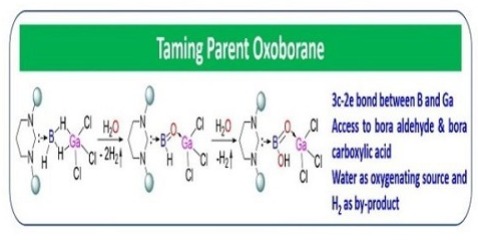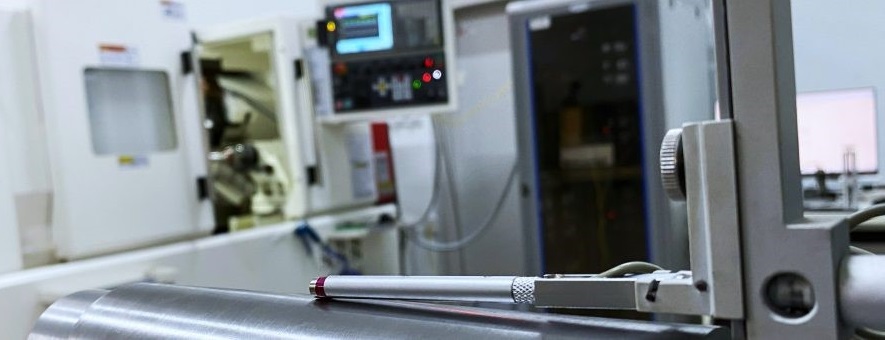
Green Hydrogen can help India gravitate towards achieving Net Zero BY 2070. Researchers from the CSIR-National Chemical Laboratory (NCL), Pune, and CSIR-Central Salt and Marine Chemicals Research Institute (CSMCRI), Bhavnagar have developed a parent oxoborane (molecular formula H–B=O) in their laboratory that may find wide application including the generation of hydrogen in standalone systems.
Chemical science involving the development of newer compounds is an exciting and ongoing pursuit of the researchers. Often, these newly developed materials find wide practical or industrial applications, or the process improvement leads to saving of resources and cost.
“The study describes the synthesis of the first parent oxoborane (-HB=O) and a rare hydroxy oxoborane (-B(=O)OH), which can be considered as boron analogues of formaldehyde and formic acid. By using water as an oxygen source, we achieved two important goals: (a) we could avoid the use of peroxide or nitrous oxide which are hazardous and (b) the side product is H2, a clean and sustainable fuel,” explains Dr Sakya S. Sen, the lead researcher.
Elements in the same column of the periodic table typically have similar chemical properties. When a molecule has one element replaced with another from the same column, the two compounds are said to be analogous. The two compounds should have the same structure and similar properties.
As India aims to become energy independent by 2047, a study like this looks to be promising for this effort. The researchers have published a paper on the findings of the study in the 2023 Chemical Science HOT Article Collection. The team consists of Gargi Kundu, P.R. Amrutha, K. Vipin Raj, Srinu Tothadi, Kumar Vanka, and Sakya S. Sen.

Boron, being a neighbour to carbon, offers numerous possibilities similar to carbon, and there are still many undiscovered compounds involving boron. These compounds could serve as building blocks for the development of various boron-containing species that exhibit interesting photophysical properties.
“It is known that boron shows reluctance in forming multiple bonds with oxygen. For example, formaldehyde and formic acid are common organic compounds. We wondered if it is feasible to create analogous species involving boron and if such compounds behave like carbon analogues or show different properties,” adds Dr Sen.
The C=O moiety is a widely found component in organic chemistry. The team explored the possibility of other elements forming similar multiple bonds with oxygen.
“We are investigating similar reactivities as formaldehyde and carboxylic acids with their boron analogues in our laboratory. Another important aspect of the reaction is the liberation of hydrogen. Combination of water and borane is an attractive system for on-board hydrogen supply due to its low molecular weight and high hydrogen content,” the team mentions.
As India aims to become energy independent by 2047, a study like this looks to be promising for this effort. The researchers have published a paper on the findings of the study in the 2023 Chemical Science HOT Article Collection. The team consists of Gargi Kundu, P.R. Amrutha, K. Vipin Raj, Srinu Tothadi, Kumar Vanka, and Sakya S. Sen.
India Science Wire
ISW/SM/NCL/Oxoborane/Eng/26/06/2023





